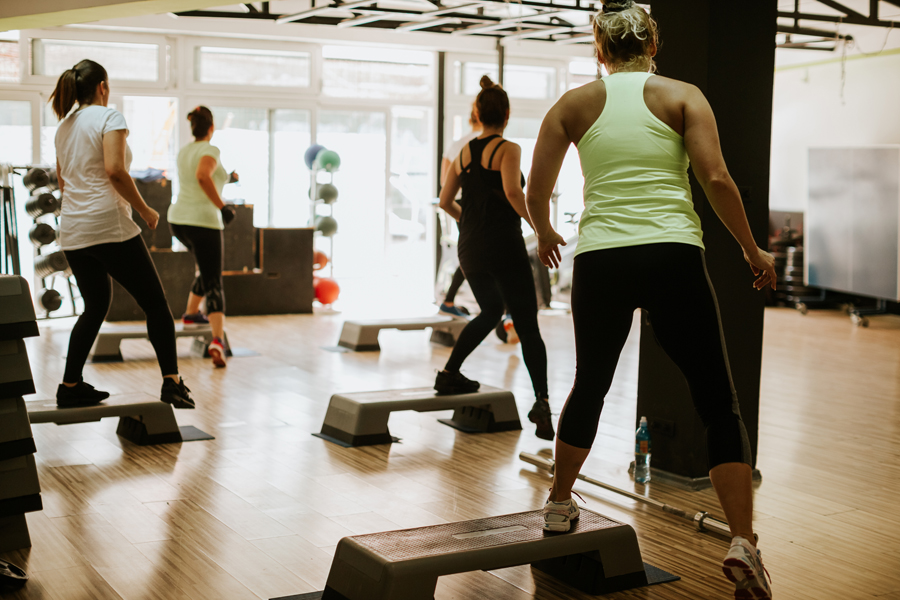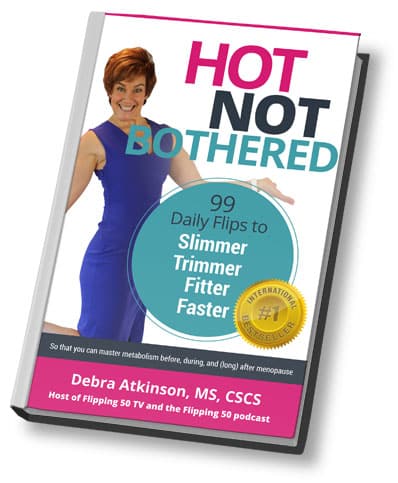Healthy Aging & You: Your Life Can Change in an Instant
The most basic question each of us can ask about our future lives is this one: How do I want to be old? Now at 72 I can look back on my behavior, choices and priorities from my past and can see that I DID in fact value my life and the gift that it is to me in the present. My visit the week before my father’s death in 1983 from cancer had a great impact on my future choices moving forward. I was 37 at the time and looking back on my experience with him in the hospital I now realize that it was indeed a “wake up” call for me.
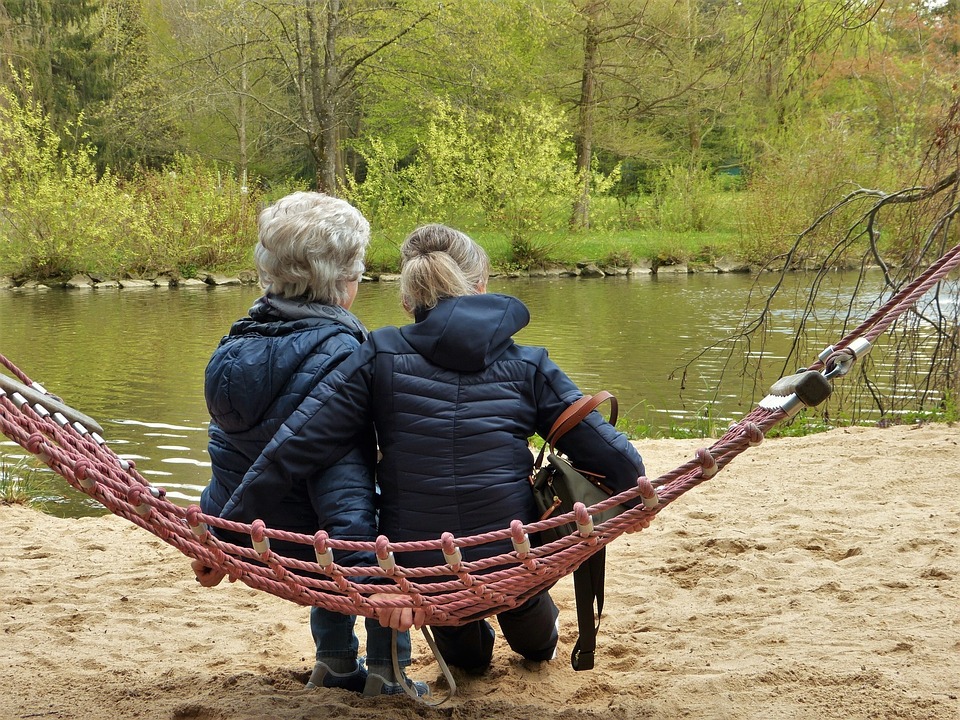 We all have moments like the one I am describing here in our lives that catch our attention. It is important to know that when we DO experience loss or change on a large scale that we become “active participants” in responding to the circumstances that are presented to us. We need to take action – positive action – in order to alter the course of our lives. It is through adjusting to the changes and challenges of life as we grow into maturity (and hopefully wisdom) that we can appreciate what we have been given.
We all have moments like the one I am describing here in our lives that catch our attention. It is important to know that when we DO experience loss or change on a large scale that we become “active participants” in responding to the circumstances that are presented to us. We need to take action – positive action – in order to alter the course of our lives. It is through adjusting to the changes and challenges of life as we grow into maturity (and hopefully wisdom) that we can appreciate what we have been given.
AN IMPACTFUL LESSON
Recently I read an account of a tragic story involving a Costa Mesa Fire Captain who was preparing for a triathlon he had entered. He was riding his bicycle on the sidewalk near his home training for the cycling phase of the competition when a driver in a van ran up on the sidewalk and struck and critically injured the captain. He was taken to a nearby hospital and treated for severe head – and brain – trauma but the doctors were unable to save his life and he died on the Monday following the Saturday incident. The driver of the van was found to be on a variety of drugs and had other prescription medicines in his vehicle. He was arrested at the scene and later charged with murder following the death of the fire captain. He left a lovely wife and three beautiful daughters behind.
The point of this tragic event is that it caught my attention when I saw a picture of his lovely wife and the three young daughters he left behind. This example of tragic loss serves as a reminder to me of how our lives can be altered in an INSTANT – permanently. I felt this loss deeply for some reason and even though I did not know the man I am feeling grateful for my OWN life today – and hopefully everyday. (Last night a mass shooting in 1000 Oaks took the lives of 12 students and wounded scores more – and so it goes on!).
I believe we live in the present to the degree that we respond to life’s events consciously – even if they are not specifically for us – and that healthy aging occurs in this moment. I thought I would share some of my thoughts with you on this important subject so that you might also appreciate YOUR life and your OWN journey in greater depth. It is through our own pain – and that of others – that we are allowed the opportunity to face our own mortality – and appreciate in greater measure the gift of our OWN life. The three principles of healthy aging that I will share with you – and practice – are physical, mental and spiritual. Let us NOT let a moment pass where life is rendered insignificant but instead recognized as precious and valuable.
PHYSICAL
CYCLING: I just completed a wonderful bike ride after getting the bike repaired following a silly minor accident yesterday that could have been totally prevented (lesson learned). It represents what I call the “endurance” phase of my training program. It covers both time and distance over a beautiful course and strengthens my heart and cardiovascular system for the years ahead. This part of my training is purely recreational and covers about two and a half hours of my training time per week. I look forward to riding my bike because I am not setting any particular goals other than to enjoy my time riding. I love just being on the trail and feeling the breeze in my face and seeing the beauty of nature as I ride by.
 RUNNING: I have been a runner since 1964 and have accumulated over 65,000 miles over that span. It is the foundation from which I “grew older and not old”. It is as close to my heart as breathing itself and I am now focusing on increasing my speed while running between 5 and 7 miles 3 days a week. I am now able to average under 6:00 per mile pace for the distances I use and am doing so on a treadmill to save wear and tear going forward. Cycling has helped my running immensely and my legs are stronger as a result.
RUNNING: I have been a runner since 1964 and have accumulated over 65,000 miles over that span. It is the foundation from which I “grew older and not old”. It is as close to my heart as breathing itself and I am now focusing on increasing my speed while running between 5 and 7 miles 3 days a week. I am now able to average under 6:00 per mile pace for the distances I use and am doing so on a treadmill to save wear and tear going forward. Cycling has helped my running immensely and my legs are stronger as a result.
RESISTANCE TRAINING: I spend up to two and half hours total each week training on free weights and machines for both power and strength. I do 17 exercises and multiple sets per exercise twice a week. The strength I gain from this activity is priceless and if any of you wish to be able to function well as you are getting older this is the activity I would strongly recommend. The three phases of fitness training I do bring me joy and peace. I am strong, fast, adaptable and flexible and know that what I am doing in my 70’s will prepare me well for my 80’s!
MENTAL
CONSCIOUSNESS: I believe in the value of “being conscious” – that is “being present and aware” in any moment. Receiving input from your daily activities can help you to make conscious – and healthy – choices going forward. If you are constantly staring at your I Phone as I see so many doing these days then you are NOT present – and life is literally “passing you by”! Remember for consciousness to play a part in your life you have to take the time “to listen to your thoughts” and assess “where you are” at any point in time. It is an activity that requires your attention and can be easily accessed simply by “noticing” people and their behavior around you.
Smiling is a great way to “become present” because when you are smiling at someone – and thanking them – you are practicing “being in the present”. Acknowledging those around you is a good way to begin developing the mental skills and focus that will be required of you as you grow into your “older” self. I know this because it is the path I have chosen in my own life – and it works!
SPIRITUAL
I refer here to the search for purpose and meaning in life and not a particular religious path or faith. My own spiritual training and practice began in 1985 and has continued to this day. It is a principled practice based upon the Science of Mind formulated by Ernest Holmes through his teachings and book (The Science of Mind) and it has guided my choices and development as a human being for the past 33 years. It has been a priceless and integral part of my life and each day I spend time in meditation and (affirmative) prayer work in order to listen for inner guidance and prepare for the times ahead.
This part of my life is the key to being “aware” of the gift of my life and is the reason I was able to be so touched by the captain’s death. I did not have this foundation when my father died in 1983 so now I am always aware everyday that my “life can indeed change in an instant”. I am not saying we have to obsess over the fear of something happening to us but I AM saying lets remember to be grateful in every moment of our day. This aspect of our life’s journey – the search for purpose and meaning (and our place in life) – is essential if we are to live a life of accomplishment and fulfillment. CHOOSE your OWN path wisely and if you choose NOT to, at least you will know that you made that choice and you will have to be accountable – and responsible – for it in the future!
IN CONCLUSION
In reflecting on the meaning of my life as a teacher, author and speaker, I have come to the conclusion that the reason I have arrived at this point in my life is that I made CONSCIOUS choices that supported the actions that led me to be able to share this knowledge with you today. In the words we choose to use, the thoughts we entertain, the beliefs systems that we embody, the choices that we make and finally the actions that we take, we are either preparing for a future of contribution and significant service – or we are not.
I encourage you today to “notice” something that gets you thinking about your own life today – and remember to appreciate all that you have been given today – and every day. Noticing the story of the firefighter’s death made me realize how blessed I am and with every step I take, every thought I think, every choice I make, and every action that results from this process, I am appreciating all that I have been given so that I might share what I have learned with you! Take the time today to reflect on what might occur in your own life and how you would respond to the events and changes that are occurring today. I know that a loving father’s family is thinking about this very thing in the aftermath of his tragic loss. BE WELL!
Originally posted on healthynewage.com. Reprinted with permission from Nicholas Prukop.
Nicholas Prukop is an ACE Certified Personal Trainer & a Health Coach, a fitness professional with over 25 years of experience whose passion for health and fitness comes from his boyhood in Hawaii where he grew up a swimmer on Maui. He found his calling in writing his first book “Healthy Aging & You: Your Journey to Becoming Happy, Healthy & Fit” and since then he has dedicated himself to empowering, inspiring and enabling people of all ages to reach for the best that is within them and become who they are meant to be – happy, healthy and fit – and be a part of a world where each person can contribute their own unique gifts to life.



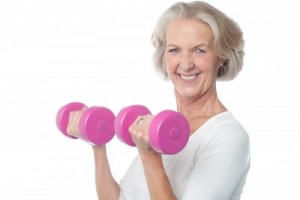
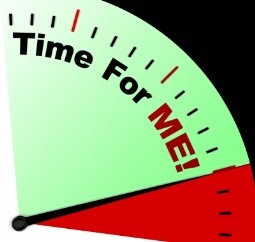 minutes a week of moderate-intensity aerobic physical activity. They also suggest muscle-strengthening activities that are moderate or high intensity and involve all major muscle groups on 2 or more days a week. As baby boomers, we can have a pretty busy schedule. As a 50 something baby boomer myself, I juggle quite a bit of activities in a day. I’m not complaining though, life at this stage of the game is exciting. It’s refreshing to see older adults doing more than ever before. Ironically, the busier our lifestyles are, the more we need the benefits of exercise but find that time becomes harder to come by.
minutes a week of moderate-intensity aerobic physical activity. They also suggest muscle-strengthening activities that are moderate or high intensity and involve all major muscle groups on 2 or more days a week. As baby boomers, we can have a pretty busy schedule. As a 50 something baby boomer myself, I juggle quite a bit of activities in a day. I’m not complaining though, life at this stage of the game is exciting. It’s refreshing to see older adults doing more than ever before. Ironically, the busier our lifestyles are, the more we need the benefits of exercise but find that time becomes harder to come by. Beginner Total Body Circuit:
Beginner Total Body Circuit:
 But what if you trade your expectations for appreciation? Appreciate the fact that you are able to exercise, that you have a wonderful family or great friends, or that you’re resourceful enough to eventually reach your outcome.
But what if you trade your expectations for appreciation? Appreciate the fact that you are able to exercise, that you have a wonderful family or great friends, or that you’re resourceful enough to eventually reach your outcome.
 Sure, there’s nothing new about saying added sugar is bad for you (regardless of your age). Your mom told you, and your doctor says so, too, but you can’t sugar-coat the truth — you love the sweet stuff. So what else is new? Well, it turns out that there is something that is both new and troubling about sugar.
Sure, there’s nothing new about saying added sugar is bad for you (regardless of your age). Your mom told you, and your doctor says so, too, but you can’t sugar-coat the truth — you love the sweet stuff. So what else is new? Well, it turns out that there is something that is both new and troubling about sugar.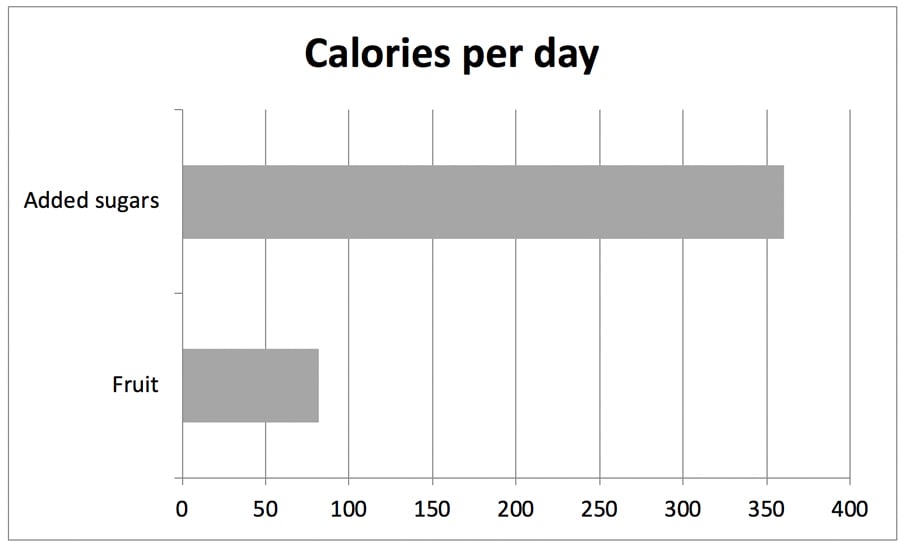




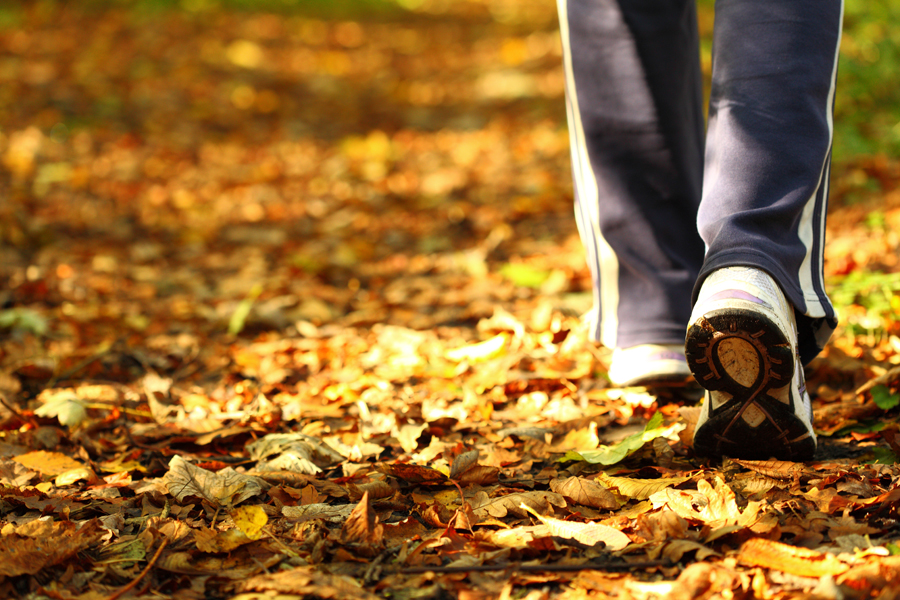
 You should connect your mind to your body BEFORE starting your training session so that you can enjoy what you have chosen to do. This inexactly what I do. This way, I first “see” with my mind’s eye and then experience it in my imagination before I even get to the gym to train. When the “hard” days come – and they will – (especially when you have been away from planned fitness activities for a while), you need your heart and mind to communicate regularly with each other to ensure success with your plan.
You should connect your mind to your body BEFORE starting your training session so that you can enjoy what you have chosen to do. This inexactly what I do. This way, I first “see” with my mind’s eye and then experience it in my imagination before I even get to the gym to train. When the “hard” days come – and they will – (especially when you have been away from planned fitness activities for a while), you need your heart and mind to communicate regularly with each other to ensure success with your plan.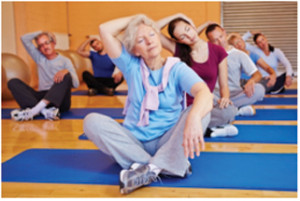 The gym setting can be challenging because you are on your own most of the time (unless you hire a trainer). The times where you can interact with others and form mutually supportive bonds with other like-minded individuals is through group exercise programs (there are many options) such as aerobic or yoga classes. Each method has value and both can be lots of fun while you learn what suits you as an individual. These and other group activities are very popular because they bring people together – enabling you to learn and share your journey together (yoga classes are particularly powerful in this way).
The gym setting can be challenging because you are on your own most of the time (unless you hire a trainer). The times where you can interact with others and form mutually supportive bonds with other like-minded individuals is through group exercise programs (there are many options) such as aerobic or yoga classes. Each method has value and both can be lots of fun while you learn what suits you as an individual. These and other group activities are very popular because they bring people together – enabling you to learn and share your journey together (yoga classes are particularly powerful in this way).
